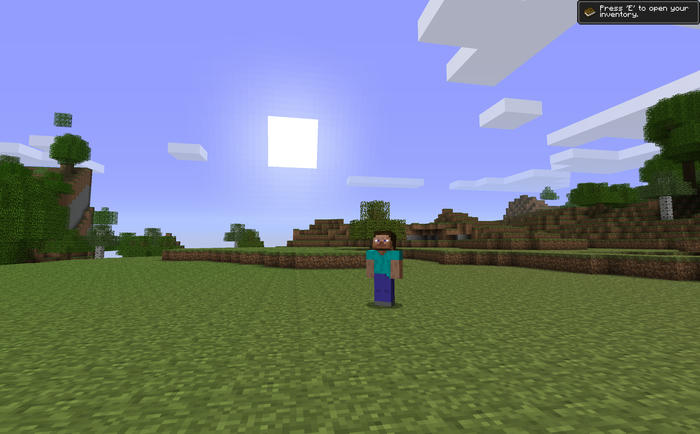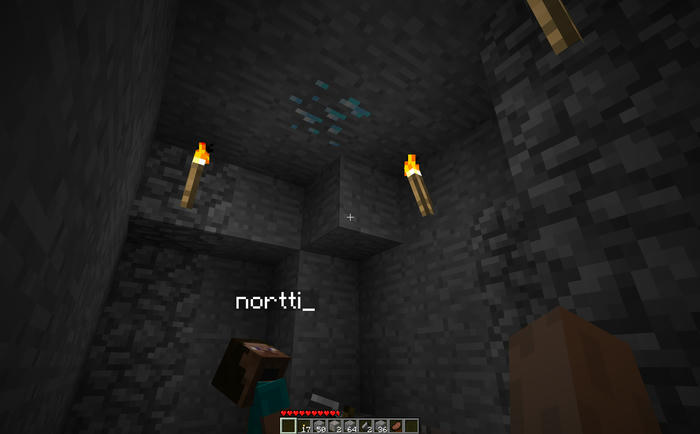My main desktop PC tracks the latest LTS release of the
Linux kernel which very recently switched to the 5.15 line. Along with neat new
features like the
NTFS3 driver
it also includes experimental support for
Link Time Optimization
through LLVM’s
clang compiler.
I’m not really one to shy away from weird experiments, so I decided to run a
full LTO kernel for a while. If you have a recent version of clang and the
lld linker, building one is as easy as toggling
CONFIG_LTO_CLANG_FULL and exporting the right flags to make:
make CC=clang LLVM=1 menuconfig
# CONFIG_LTO_CLANG_FULL=y
make CC=clang LLVM=1
Subsequent steps are the same as with a normal build:
sudo make install
sudo make modules_install
Keep in mind, however, that any out-of-tree modules such as ZFS must also be
built with clang. Here I ran into
this bug which should soon be
fixed upstream. For now I
backported that fix locally to ZFS 2.1.2 and am building it like so:
sudo CC=clang LLVM=1 emerge zfs-kmod
Build times and memory usage when building are increased dramatically with full
LTO. Optimizing vmlinux.o alone allocates about 3 to 4 GiB of memory. If you
rely a lot on incremental builds, thin LTO might be the better option here.

